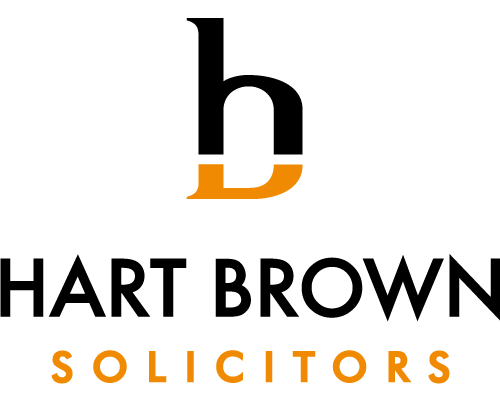The right type of property can be a good investment opportunity, whether it be residential or commercial. Commercial property generally offers more financial reward than residential property but there can also be more risks.
Residential property is looking less attractive for some investors, in part because of the additional properties Stamp Duty Land Tax surcharge introduced last year. This does not affect commercial properties.
Yields for commercial properties are generally higher. A residential property has a lower yield but the owner can usually factor in a certain amount of growth. Commercial property price increases are less certain but the income reward is much greater.
A commercial tenant will usually enter longer leases creating more certainty and a more reliable income stream. A commercial tenant is often also expected to take on many of the responsibilities for maintenance and repair that a residential landlord would deal with – no calls if the boiler breaks; the tenant would simply have to reorganise the repair or replacement.
Commercial tenants usually have defined hours of operation, meaning no calls to their landlord at 1am because they have lost their key! A business to business transaction is usually more professional and less emotionally draining.
When looking at acquiring a commercial property, it is important to carry out the appropriate due diligence, not just into the building but also the occupiers. If it is a business that is open to the public, then visit and see how well they perform. Look at their competition, how do they come across? Do their opening hours compare favourably? How busy were they?
A bigger investment is often needed for commercial property. It can also be harder to arrange mortgage finance. Typically interest only mortgages are rare. The lack of certainty for growth means that lenders tend to lend only on a capital repayment basis.
Commercial property remains a useful addition to a diverse investment portfolio.




